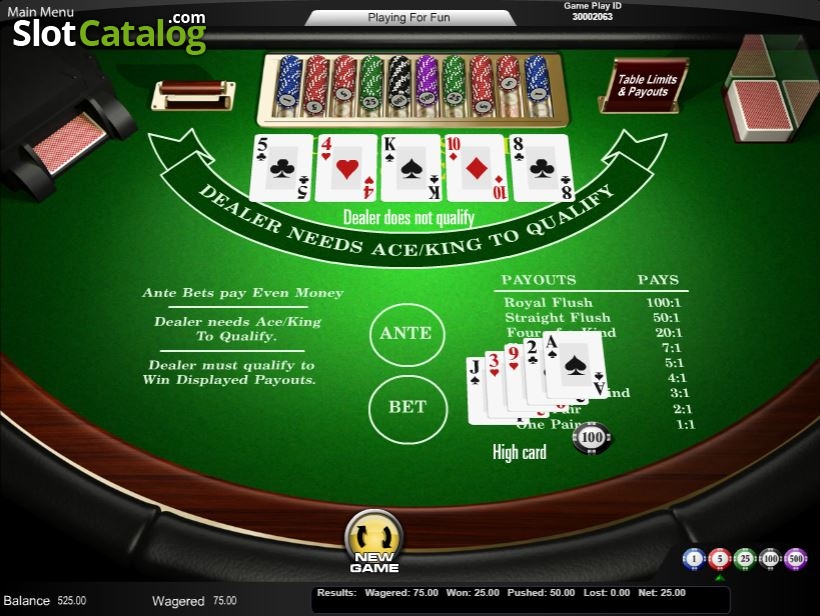The House Edge Explained Across Different Table Games
When walking into a casino, one of the most important things to consider is the house edge. This concept can be overwhelming for newcomers, but it’s essential to grasp the idea if you want to make informed decisions about your gaming habits.
To start with, let’s define what the house edge is. The house edge, also known as the built-in advantage or margin of profit, refers to the percentage of each bet that a casino expects to win in the long run. This edge is built into the game itself download Aviatrix and cannot be beaten by individual players over time.
The house edge varies depending on the type of table game you’re playing. In this article, we’ll explore the house edges for popular games like Blackjack, Craps, Baccarat, Roulette, and Casino Hold’em. We’ll also discuss some of the factors that affect these edges, such as rules variations, betting limits, and player skill level.
もくじ
Blackjack: The Game with the Lowest House Edge
When played correctly, Blackjack offers one of the lowest house edges among all table games. In fact, if you follow a basic strategy, the house edge can be reduced to as low as 0.5%. However, this assumes that the game is played with favorable rules and without any additional fees.
The Impact of Rules Variations on House Edge in Blackjack
Some casinos offer variations of Blackjack that are designed to increase the house edge. These games often include rules like a dealer standing on all 17s (instead of hitting), six decks in play, or a single deck with no hole card. In these cases, the house edge can jump to as high as 2% or more.
On the other hand, some casinos offer Blackjack variations that are designed to decrease the house edge even further. These games may include features like liberal surrender rules, automatic doubling on any two cards, or a double-down option on any number of cards. In these cases, the house edge can be as low as 0.2%.
The Role of Player Skill Level in Blackjack House Edge
While a basic strategy can reduce the house edge to 0.5%, individual player skill level also plays a significant role. A skilled player who is familiar with the rules and has developed a solid understanding of probability can further decrease the house edge.
Studies have shown that top players can achieve an expected return on investment (ROI) of up to 2% in Blackjack, which means they’re essentially beating the house edge. However, this requires a high level of skill and experience, as well as the ability to adapt quickly to changing rules and game conditions.
Craps: A High-Roller’s Game with Variable House Edge
While some table games offer relatively low house edges, Craps is known for its higher variance. The house edge in Craps can range from around 1% on the pass line bet to over 16% on the proposition bets.
One of the reasons why Craps has a variable house edge is due to the number of betting options available. Players can place different types of bets, including pass line, don’t pass, come, and don’t come. Each of these bets has its own unique house edge, which can be affected by factors like the shooter’s skill level and the state of the table.
Baccarat: A High-Roller’s Game with Low House Edge
Baccarat is another high-stakes game that offers a relatively low house edge. In fact, if you’re playing Baccarat with the standard 8-to-1 payout on banker bets and no commission charged, the house edge can be as low as 0.5%.
However, most casinos charge a 5% commission on banker wins, which increases the house edge to around 1.06%. This may seem insignificant at first glance, but it can have a significant impact over time.
Roulette: A Game of Chance with High House Edge
Roulette is one of the most popular table games in casinos worldwide. However, its high house edge makes it less attractive to serious gamblers. The European version of Roulette offers a 2.7% house edge on even-money bets like red/black and odd/even.
The American version, on the other hand, has an even higher house edge due to the presence of the double zero pocket. This increases the probability of winning by 5.26%, but it also raises the house edge to around 5.26%.
Casino Hold’em: A Game for High-Roller Poker Enthusiasts
Casino Hold’em is a variation of Texas Hold’em poker that’s designed specifically for casino players. While it offers some similarities with traditional poker, its rules and betting structure are unique.
The house edge in Casino Hold’em varies depending on the strength of your starting hand and the number of bets you place. In general, however, the game has an expected return to player (RTP) of around 96% to 97%.
However, this assumes that players follow a basic strategy and make optimal betting decisions. If they don’t, the house edge can increase significantly.
Conclusion
The house edge is a fundamental concept in table games that every gambler should understand. By knowing the house edge for different games and how it affects your chances of winning, you can make more informed decisions about which games to play and when to bet.
Whether you’re playing Blackjack with its relatively low house edge or Roulette with its high house edge, understanding these dynamics is essential to making smart gaming choices.




























